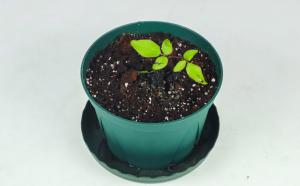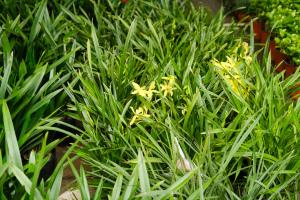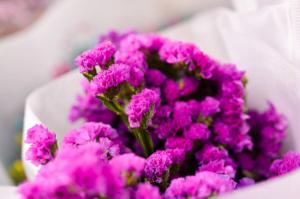Do Hydrangeas Do Well Planted in a Pot Long Term?
Hydrangeas are lush, colorful shrubs that are commonly found in gardens around the world. These plants are easy to care for and their stunning blooms make them a popular choice. But is it possible to grow hydrangeas in pots for the long term? The answer is yes, but there are a few things to keep in mind.
Choosing the Right Pot
The first step to growing hydrangeas in pots is selecting the correct pot. You should choose a pot that is at least 18 inches in diameter and 18 inches deep. Hydrangeas require a significant amount of space for their roots to grow, so choosing a pot that is too small can hinder their growth. You should also make sure that the pot has drainage holes at the bottom, as hydrangeas do not like to sit in standing water.
Choosing the Right Soil
Hydrangeas prefer slightly acidic soil with a pH level between 5.2 and 5.5. When planting your hydrangea in a pot, use a high-quality potting mix that is specifically formulated for acid-loving plants. Adding peat moss or compost to the soil can also help create the ideal growing conditions for your hydrangea.
Choosing the Right Location
When planting hydrangeas in pots, it is essential to choose the right location for your plants. Hydrangeas prefer partial shade, which means they should receive around 4-6 hours of direct sunlight each day. If your hydrangeas are getting too much sun, their leaves may wilt or burn. If they are not getting enough sun, their blooms may be smaller and less vibrant.
Caring for Hydrangeas in Pots
Caring for hydrangeas in pots is relatively easy, but there are a few things to keep in mind. Hydrangeas require consistent watering, so make sure to water them regularly, especially during hot, dry weather. You should also fertilize your hydrangeas every four to six weeks during their growing season. Use a fertilizer that is specifically formulated for acid-loving plants.
Overwintering Hydrangeas in Pots
One of the main concerns when growing hydrangeas in pots is overwintering. Hydrangeas are sensitive to cold weather, and their roots can freeze if left outside in freezing temperatures. To overwinter your hydrangeas in pots, move them indoors to a cool, dark location where the temperature stays between 25-40 degrees Fahrenheit. Water them sparingly during the winter months and bring them back outside in the spring once the danger of frost has passed.
Conclusion
Overall, hydrangeas can be grown in pots for the long term with the right care and attention. Choosing the right pot, soil, and location, as well as consistent watering and fertilization, can help ensure your hydrangeas thrive. However, overwintering can be a challenge, but with proper care, your hydrangeas can survive the winter and bloom again in the spring.

 how many times do yo...
how many times do yo... how many planted tre...
how many planted tre... how many pine trees ...
how many pine trees ... how many pecan trees...
how many pecan trees... how many plants comp...
how many plants comp... how many plants can ...
how many plants can ... how many plants and ...
how many plants and ... how many pepper plan...
how many pepper plan...































